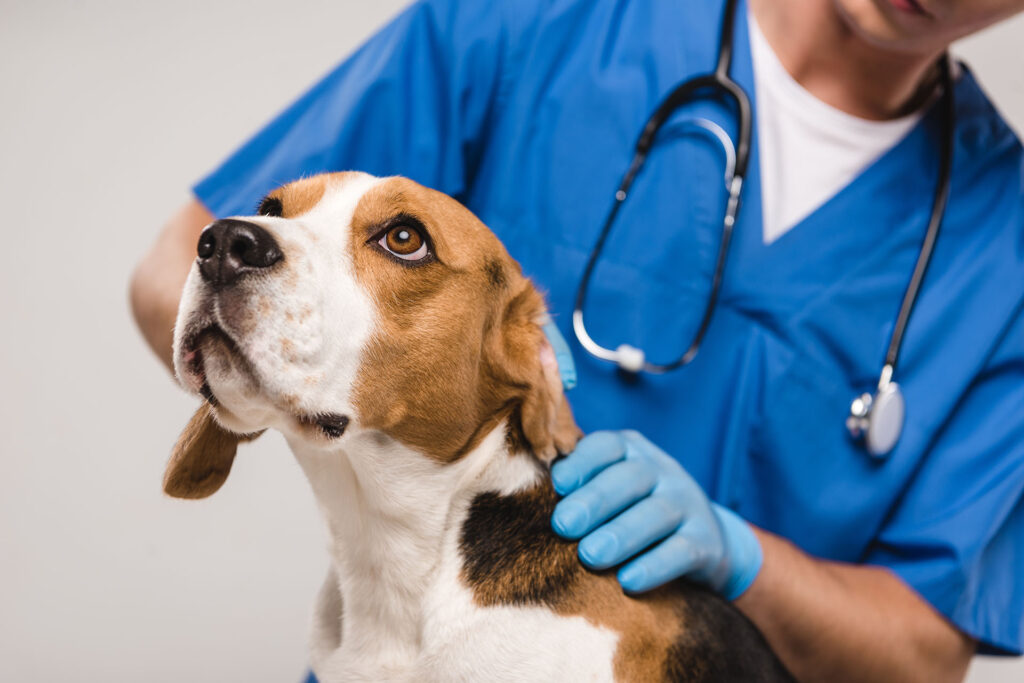Dog Spay & Neuter

Dog Spay & Neuter Services From Embassy Veterinary Center
Embassy Vets offers comprehensive dog spay and neuter services, combining advanced veterinary techniques with compassionate care. Our experienced team of professionals understands the unique needs of each canine patient, ensuring that every procedure is performed with the utmost precision and care. We prioritize the comfort and safety of your pet, employing the latest surgical methods for minimal discomfort and faster recovery. Our services extend beyond the surgery room, providing thorough post-operative care instructions and follow-up support. At Embassy Vets, we are committed to enhancing the well-being of your beloved dog through our specialized spay and neuter services, fostering a healthier and happier life for your pet.
Process of Spaying a Dog
The process of spaying a dog involves a surgical procedure known as an ovariohysterectomy, where a veterinarian removes the female dog’s ovaries and usually the uterus under general anesthesia. Before the surgery, the dog undergoes a thorough health evaluation, including blood tests, to ensure fitness for anesthesia. During the procedure, the vet makes a small incision in the dog’s abdomen to access and remove the reproductive organs, followed by careful stitching to close the incision. The entire process is conducted with strict adherence to pain management and surgical protocols to ensure the dog’s comfort and safety.
When to Spay a Dog
Determining the appropriate time to spay a dog is an important decision that can vary based on breed, size, and health factors. Typically, veterinarians recommend spaying dogs before their first heat cycle, often around six months of age, to maximize health benefits and minimize risks of certain cancers and reproductive diseases. However, for larger breeds, some vets may advise waiting until they are a bit older to ensure proper growth and development. It’s essential for pet owners to consult with their veterinarian to decide the best timing for spaying, taking into account the individual health, breed characteristics, and lifestyle of the dog. This personalized approach ensures that the dog receives the procedure at the most beneficial time, contributing to a healthier and potentially longer life.
Dog Spay Recovery Process
The recovery process following a dog spay surgery is a critical period that typically spans about 10 to 14 days. During this time, it’s essential for pet owners to ensure their dog rests in a calm, comfortable environment to facilitate healing. Physical activity should be limited to prevent strain on the surgical site, and any jumping, running, or rough play should be avoided. The incision site requires regular monitoring for signs of infection or unusual swelling. It’s also crucial to prevent the dog from licking or biting the stitches, which might necessitate the use of an Elizabethan collar. Pain management is typically handled through medications prescribed by the veterinarian. Follow-up visits may be required to assess healing and remove stitches if they are not dissolvable. By adhering to these guidelines and maintaining a watchful eye, owners can help ensure a smooth and safe recovery for their dogs.
